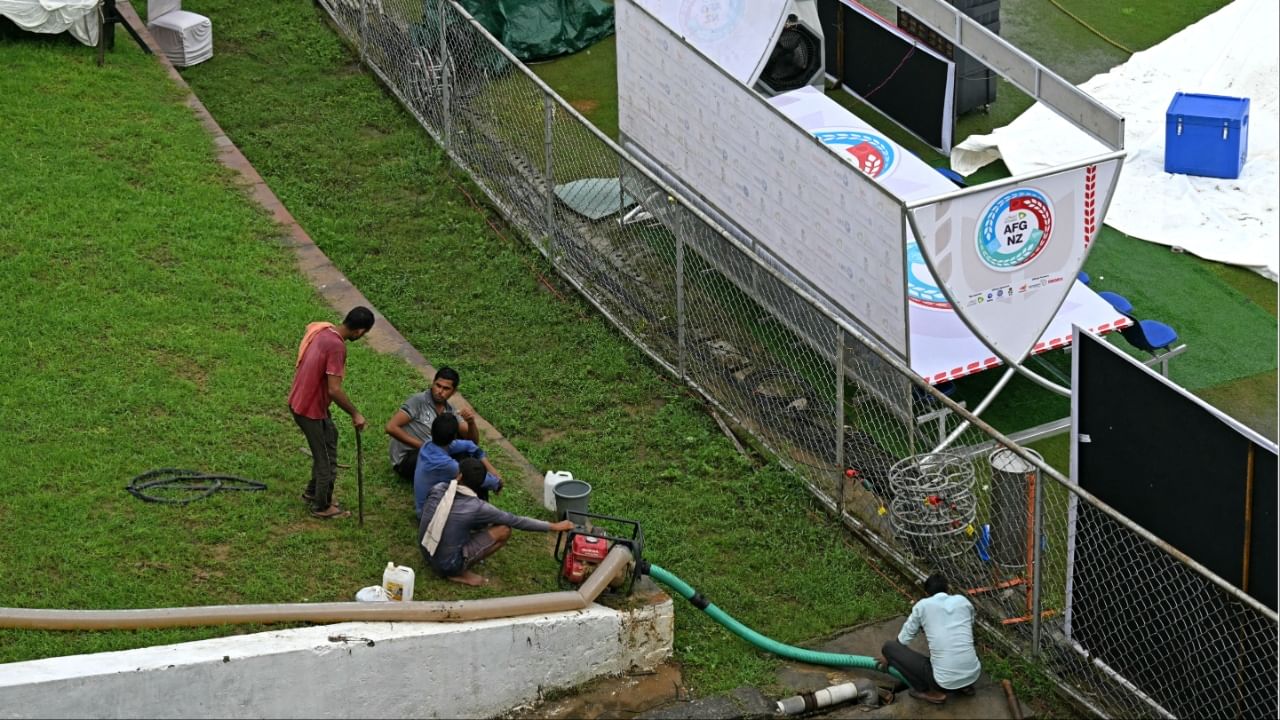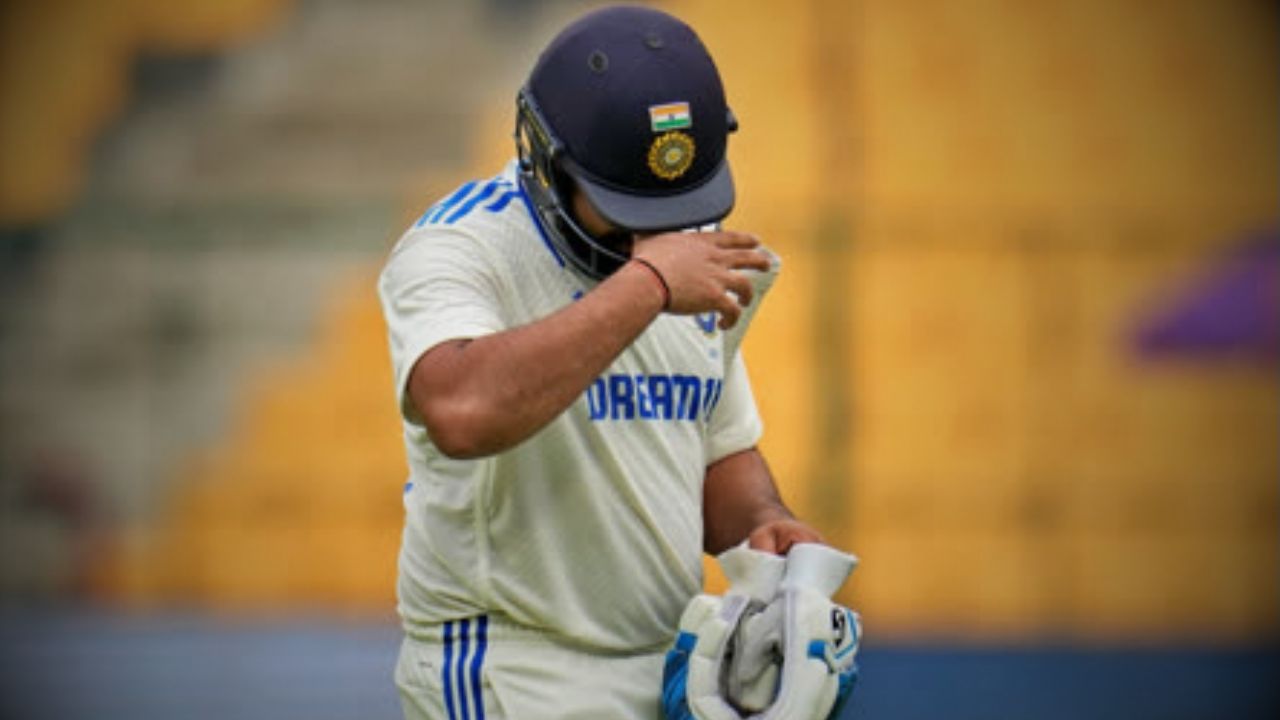The Greater Noida Cricket Stadium has become a focal point of discussion in the cricketing world due to the unexpected weather conditions that have overshadowed the test match between Afghanistan and New Zealand. With play abandoned for the first three days, it raises the question: why is the ground not drying despite extensive efforts by the groundsmen?
Efforts Made to Dry the Ground
The groundsmen have exhausted numerous methods in their quest to prepare the ground for play. Initially, they employed fans to dry the damp areas of the pitch. When that proved insufficient, they resorted to more drastic measures by digging up the wet sections of the ground. This was an attempt to uncover a drier layer of soil beneath the saturated surface. Additionally, they brought in dry soil from the net practice area to cover parts of the midfield, hoping to create a playable surface. Despite these endeavors, the conditions remained unsuitable for cricket.
Reasons for the Persistent Wetness
Several factors contribute to the Ground of Greater Noida Cricket Stadium’s inability to dry effectively. Firstly, the outfield surface lacks sandy composition, which would typically allow for quicker drainage and evaporation of moisture. This characteristic has led to prolonged water retention in the ground.
Inadequate Covering and Resources
Another significant issue is the absence of a large enough cover to shield the entire ground from rain. A sufficient covering is essential in safeguarding the pitch and outfield from prolonged exposure to moisture. Furthermore, the inefficiency is compounded by the lack of an extra super sopper, a specialized machine that efficiently absorbs excess water from the surface. This shortfall in resources has severely hampered the groundsmen’s ability to expedite the drying process.
Support from BCCI
In response to the deteriorating situation, the Afghanistan Cricket Board (ACB) sought assistance from the Board of Control for Cricket in India (BCCI). The BCCI stepped in by sending experienced curators from Delhi’s Arun Jaitley Stadium to aid in preparing the ground. Despite these expert interventions, progress has been limited, and the match continues to face prolonged interruptions.
Looking Ahead
The cricket community is hopeful that with improved weather conditions and effective ground management strategies, play can resume. This situation serves as a stark reminder of the importance of adequate infrastructure and resources in the smooth conduct of sporting events. As the match progresses, fans and players alike are eager for a return to the excitement and unpredictability that cricket brings.












